In workplace drug testing programs, testing for alcohol may be accomplished using a variety of specimen types – urine, saliva, blood and breath. The selection of the specific specimen type for alcohol screening should be based on the goals of the drug testing program and how the results will be used.

Urine
Urine is the most commonly used specimen for testing for a wide variety of drug substances, both illicit and prescribed (i.e., prescription drugs, for which their use or misuse could impact workplace safety) drugs. However, it is less commonly utilized for alcohol screening – especially in post-incident or reasonable suspicion testing. Urine testing detects recent use of a substance, but a positive urine test does not necessarily mean that an individual was “under the influence” at the time of the collection/test, nor can it indicate how frequently a substance was used or when it was last used. Consequently, one of the other testing methods below is recommended for alcohol testing, especially in post-incident or reasonable suspicion testing situations.
Saliva
Saliva is commonly used in screening for workplace alcohol use and saliva screening is one of the methods recognized by the Department of Transportation (DOT) for alcohol testing. Saliva alcohol screening devices (ASDs) that are approved for use in DOT mandated testing programs are listed on the National Highway Traffic Safety Administration (NHTSA) Conforming Products List (CPL). While there is a high degree of correlation between blood and saliva alcohol levels, any presumptive positive saliva test would need to be confirmed – either through blood or breath – and DOT rules require confirmation using breath alcohol. One advantage of saliva ASDs is that they may be easily utilized by the employer at the employer’s location by a trained screening test technician (STT), eliminating the need to transport the employee/applicant to a third-party collection site, unless there is a non-negative screen result requiring confirmation.
Blood
There are a number of studies that correlate blood alcohol levels to performance and impairment. Most States use a cutoff of 0.08 gm% as presumption of impairment for operation of a motor vehicle. However, collection of the blood specimen is considered to be more invasive due to the need for venipuncture. Consequently, blood alcohol testing is less commonly used for workplace screening purposes and is more likely to be used for confirmatory purposes when there a presumptive positive screening result.
Breath
Evidential breath testing (EBT) for alcohol is utilized in both DOT-mandated and company-policy alcohol testing. EBTs are used for both screening and confirmatory purposes and the test may be performed at a third-party location or “on-site” at the employer location by a trained breath alcohol technician (BAT). EBTs approved for DOT testing programs also appear on the NHTSA-CPL. The correlation between breath and blood alcohol results is well documented and the results of these tests are commonly used as evidence of impairment or “fitness for duty”.
There are also several breath ASDs – some of which are listed on the NHTSA-CPL. Any presumptive positive test obtained with any of these ASDs would also need to be confirmed with the permitted confirmatory method.
For more information about drug testing, visit our website or contact us online.
 Your Privacy Choices
|
Privacy Notices
|
Terms
|
Language Assistance / Non-Discrimination Notice | Asistencia de Idiomas / Aviso de no Discriminación | 語言協助 / 不䈚視通知
Your Privacy Choices
|
Privacy Notices
|
Terms
|
Language Assistance / Non-Discrimination Notice | Asistencia de Idiomas / Aviso de no Discriminación | 語言協助 / 不䈚視通知




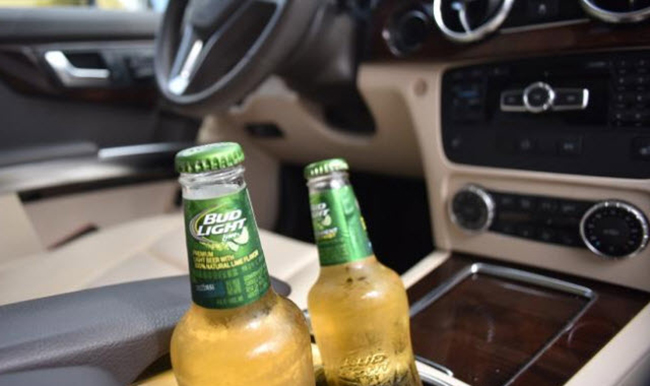
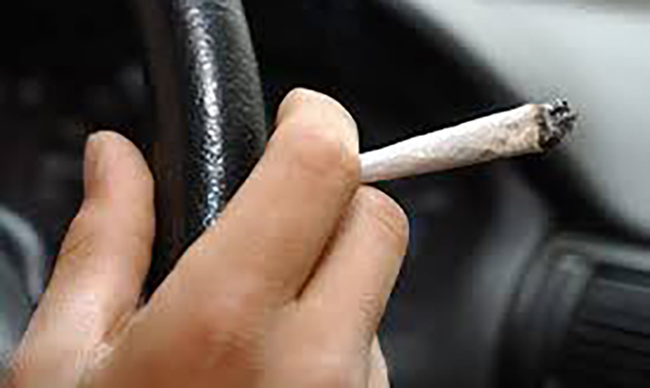
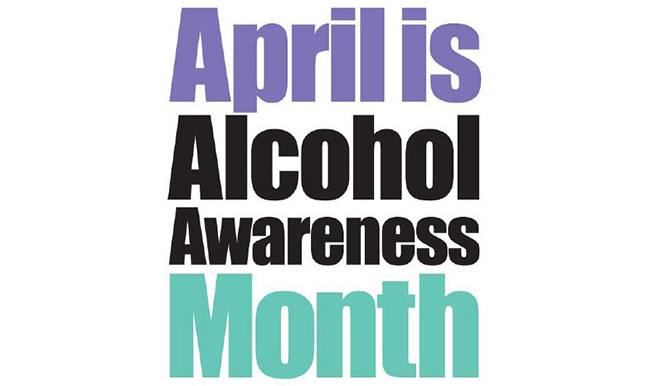


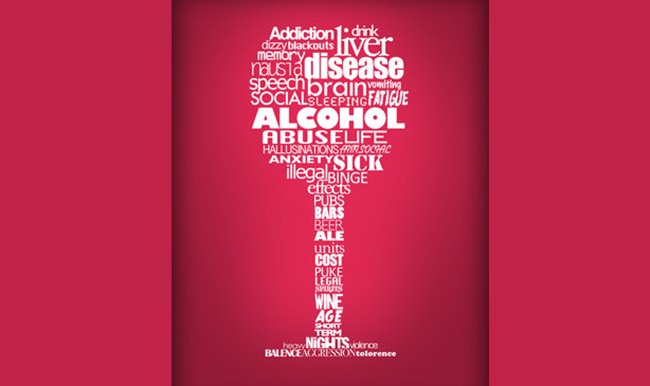
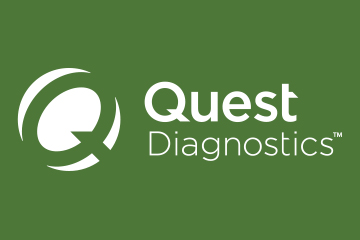
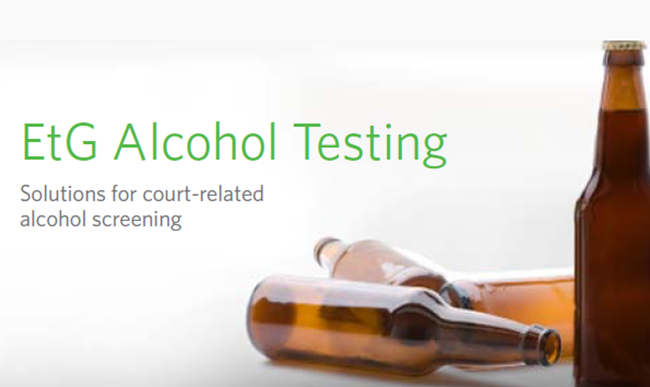
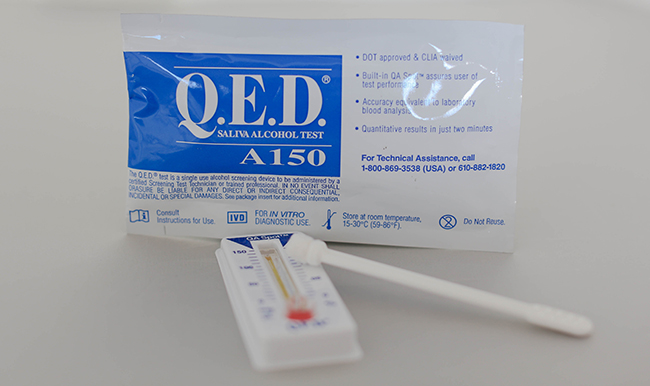






In workplace drug testing programs, testing for alcohol may be accomplished using a variety of specimen types – urine, saliva, blood and breath. The selection of the specific specimen type for alcohol screening should be based on the goals of the drug testing program and how the results will be used.
Urine
Urine is the most commonly used specimen for testing for a wide variety of drug substances, both illicit and prescribed (i.e., prescription drugs, for which their use or misuse could impact workplace safety) drugs. However, it is less commonly utilized for alcohol screening – especially in post-incident or reasonable suspicion testing. Urine testing detects recent use of a substance, but a positive urine test does not necessarily mean that an individual was “under the influence” at the time of the collection/test, nor can it indicate how frequently a substance was used or when it was last used. Consequently, one of the other testing methods below is recommended for alcohol testing, especially in post-incident or reasonable suspicion testing situations.
Saliva
Saliva is commonly used in screening for workplace alcohol use and saliva screening is one of the methods recognized by the Department of Transportation (DOT) for alcohol testing. Saliva alcohol screening devices (ASDs) that are approved for use in DOT mandated testing programs are listed on the National Highway Traffic Safety Administration (NHTSA) Conforming Products List (CPL). While there is a high degree of correlation between blood and saliva alcohol levels, any presumptive positive saliva test would need to be confirmed – either through blood or breath – and DOT rules require confirmation using breath alcohol. One advantage of saliva ASDs is that they may be easily utilized by the employer at the employer’s location by a trained screening test technician (STT), eliminating the need to transport the employee/applicant to a third-party collection site, unless there is a non-negative screen result requiring confirmation.
Blood
There are a number of studies that correlate blood alcohol levels to performance and impairment. Most States use a cutoff of 0.08 gm% as presumption of impairment for operation of a motor vehicle. However, collection of the blood specimen is considered to be more invasive due to the need for venipuncture. Consequently, blood alcohol testing is less commonly used for workplace screening purposes and is more likely to be used for confirmatory purposes when there a presumptive positive screening result.
Breath
Evidential breath testing (EBT) for alcohol is utilized in both DOT-mandated and company-policy alcohol testing. EBTs are used for both screening and confirmatory purposes and the test may be performed at a third-party location or “on-site” at the employer location by a trained breath alcohol technician (BAT). EBTs approved for DOT testing programs also appear on the NHTSA-CPL. The correlation between breath and blood alcohol results is well documented and the results of these tests are commonly used as evidence of impairment or “fitness for duty”.
There are also several breath ASDs – some of which are listed on the NHTSA-CPL. Any presumptive positive test obtained with any of these ASDs would also need to be confirmed with the permitted confirmatory method.
For more information about drug testing, visit our website or contact us online.